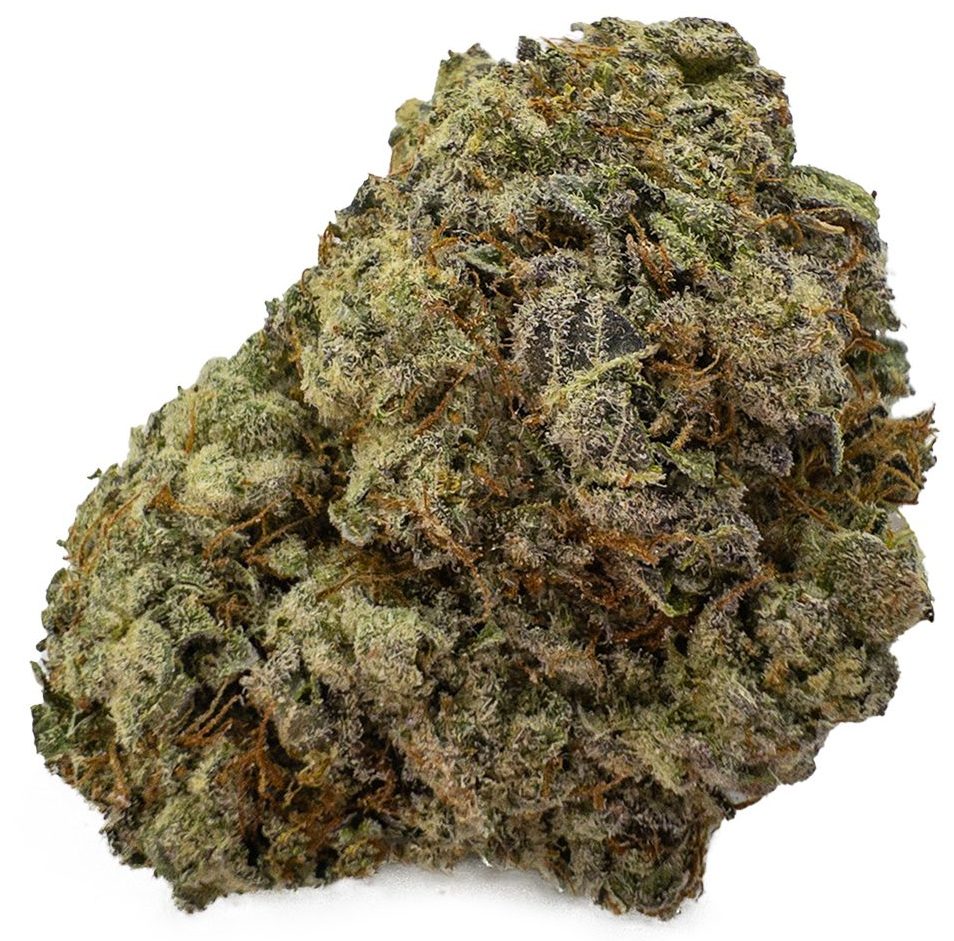While surgical procedures are measured and practiced, they can be quite scary for both your pet and you as the owner. Surgery has a clouded and mysterious aura surrounding it, which can leave people uncertain and confused. Knowing what to expect during your pet’s surgery can help ease your tension and better prepare you for the procedure itself, as well as the critical care afterward. Let’s take a closer look at what goes into pet surgery so that you can ease your mind and better care for your pet.
Preparing for Surgery
Before going into a surgical procedure, your veterinarian will want to make sure that your pet is healthy. Going under anesthesia can tax the various organs and their functions, so having optimal health before the surgery can help ensure a successful outcome. At a minimum, your vet will draw your pet’s blood to examine organ function. If your pet is having a bone or soft tissue repair, expect your vet to take diagnostic images such as MRI scans and X-Rays. Further, just before surgery, your vet will listen to your pet’s heart and lungs and take your pet’s temperature to get a solid baseline for your pet’s health. Throughout the surgery, your pet will continue to be monitored to ensure he or she stays safe and healthy through the procedure.
Day of Surgery
Usually, your pet will have a restricted diet the night before surgery. A veterinarian will recommend no food 12 hours before the surgery. Your pet should have a mostly empty stomach if they have a poor response to the anesthetic, which can cause them to vomit. Your pet will still be allowed to drink fluids, though. Sometimes your vet will ask you to give your pet pre-surgical medication. This medication may help calm your pet or stabilize your pet’s heart rate or blood pressure. On the day of the surgery, simply bring your pet to the veterinarian’s office and let the veterinarian team handle the procedure. The staff will likely take your pet to a holding room for surgical preparations.
If you feel nervous or upset about having your pet undergo surgery, be sure to talk to the doctors, nurses, and staff. They understand what you are going through and how you feel. Many veterinarian offices will give you an outline of the procedure and estimate when the surgery will be completed. It is perfectly alright to call the veterinarian’s office to get a progress report on your pet throughout the day. Hearing that your pet is recovering and doing well can give you the peace of mind needed to ease your tension.
After Care
Every pet is an individual, and each surgery is a little different. The veterinarian will customize the directions for your pet’s aftercare for your cat or dog. In general, though, expect there to be some level of ongoing care required on your part as the pet owner. Often, medication will be prescribed by the veterinarian for your pet. This medication can be an antibiotic to help fight off possible infection, or it can be an anti-inflammatory to help reduce swelling and inflammation at the surgery site. Your pet may also be on a modified diet following the surgery.
If your pet has had surgery on a limb, he or she may require ongoing physical therapy to rehab the joint. This rehab work can be as simple as modifying their regular daily exercise routine or as complex as planned and scheduled exercises, activities, and stretches to work through with your dog. You may be able to perform these exercises at home or may have to work with a trained veterinarian physical therapist to help your pet recover. Your veterinarian will want to see your pet in seven to ten days to monitor overall progress and recovery in most cases.


